Wood Guide
Looks or sound – how do you choose the right wood for your guitar?
Here we show you different tonewoods along with their visual and tonal characteristics.
Whether you’re guided more by the sound or by the looks is entirely up to you – ideally, a bit of both! Trust your gut feeling – you really can’t go wrong.
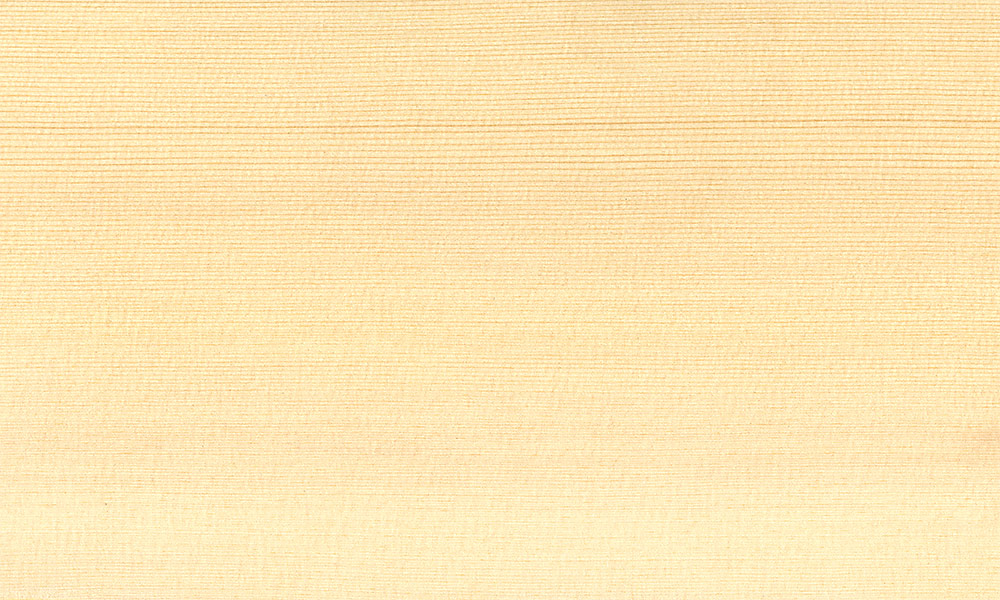
AAA European spruceBotanic name: Picea abies
Origin: European alps, Germany, Austria, Switzerland, Italy
Properties: Complex but transparent tonal spectrum with good trebles
Bright color, with fine annual rings and well-visible vascular rays
High stiffness and low weight at the same time

AAAA European spruceBotanic name: Picea abies
Origin: European alps, Germany, Austria, Switzerland, Italy
Properties: Complex and transparent tonal spectrum with high resolution characteristics and perfect response
Bright color, with fine and narrow annual rings, well-visible vascular rays
The AAAA-selection is based upon the even narrower annual rings of the tree. The wood is stiffer and can therefore worked down to a smaller thickness (thinner) which results in a quicker resonse.
Very high rigidity and low weight at the same time
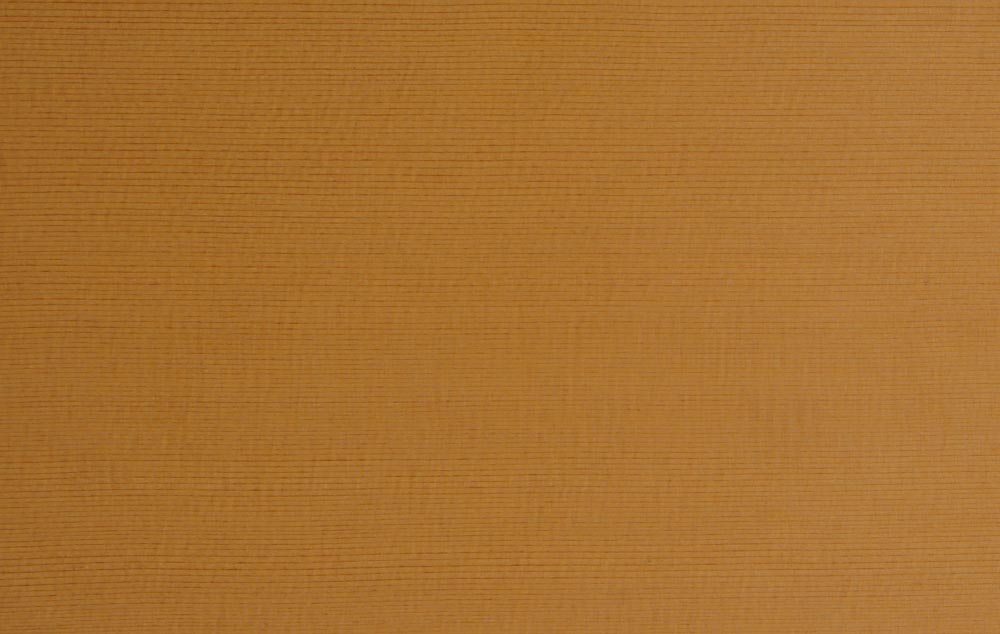
AAA CedarBotanic name: Thuya plicata
Origin: Northwest coast of USA and Canada
Properties: Even and warm sonic characteristics with soft response
Light to dark brown color with clear annual rings

AAA European bear claw spruceBotanic name: Picea abies
Origin: European alps, Germany, Austria, Switzerland, Italy
Properties: Complex but transparent tonal spectrum with good trebles and strong auxiliary basses
Bright color, with fine annual rings, well-visible vascular rays and bear claw patterns
Very high stiffness and low weight at the same time
Bear claws spruce is basically a 'normal' kind of spruce. In addition it has got lines / patterns that go across the grain in a random order, thus creating a very distinctive image, called bear claws. Those patterns are produced by pressure and connation within the tree.
Bear claw spruce is often a little stiffer and can be planed down slightly thinner when prepared as a guitar top.

AAAA KoaBotanic name: Acacia koa
Origin: Hawaii
A koa top belongs to the so-called hard-wood tops that are more reluctant in terms of loudness and volume, but on the other hand very good manageable through a pickup system. Also very suitable for lap steel style playing. You can, of course, also decide for a koa top for optical / design reasons
Properties: Fine silvery sound with warm mids and distinctive trebles. Not quite as loud.
Brown color with exciting dark-brown lines and flames
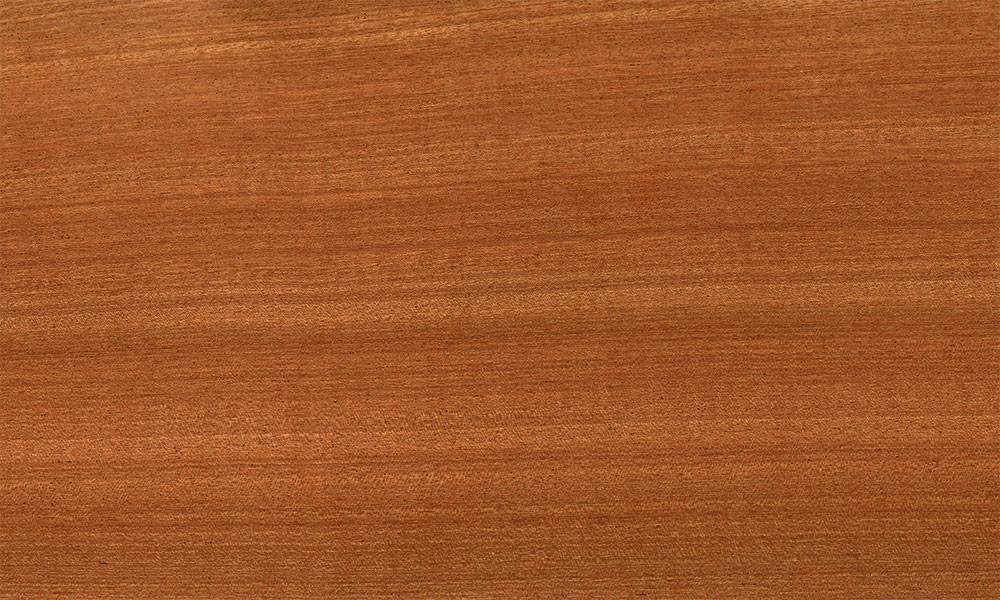
MahoganyBotanic name: Entandrophragma cylindricum
Origin: West Africa
A mahogany top is a so-called hard-wood top that is more reluctant in terms of loudness and volume, but on the other hand very good manageable through a pickup system. Also very suitable for lap steel style playing.
Properties: Fine and silvery tone with present mids and trebles, not quite as loud
Red-brownish color with fine texture, interlocked grain plays with colors in certain light conditions

AAAA Adirondack SpruceBotanic name: Picea rubens
Origin: North-East coast USA
Properties: Complex and bass emphasized tonal spectrum
Slightly yellow hue with broad annual rings. Sometimes irregular in growth
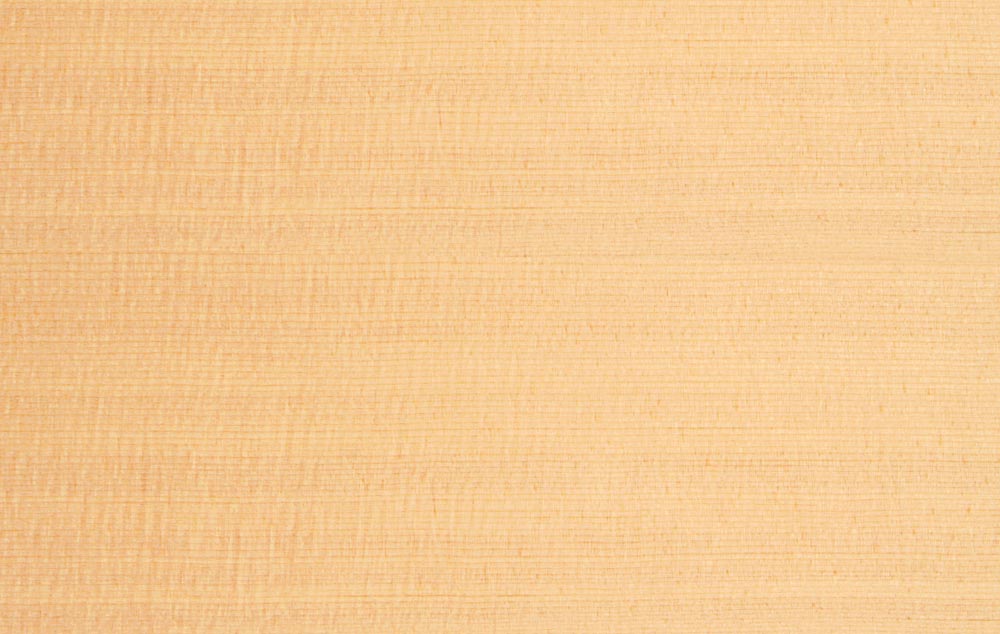
AAAA Sitka spruceBotanic name: Picea sitchensis
Origin: North West coast USA and Canada
Properties: distinctive basses and trebles, mids a little laid back
Slightly brown / rose hue with high contrast annual rings
Good stability
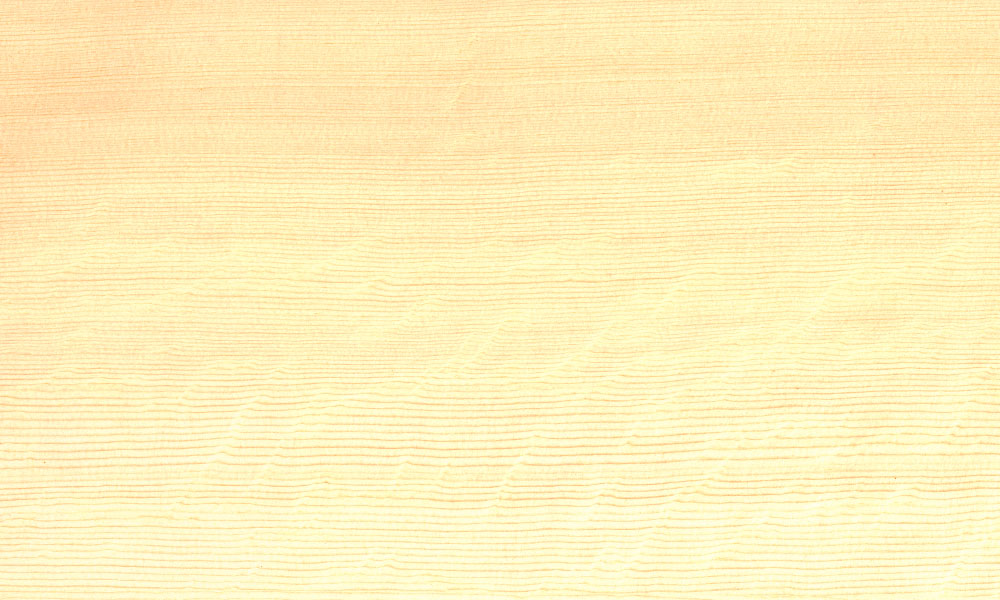
AAAA European bear claw spruceBotanic name: Picea abies
Origin: European alps, Germany, Austria, Switzerland, Italy
Properties: Complex but transparent tonal spectrum with good trebles and strong auxiliary basses
Bright color, with fine annual rings, well-visible vascular rays and bear claw patterns
Very high stiffness and low weight at the same time
Bear claws spruce is basically a 'normal' kind of spruce. In addition it has got lines / patterns that go across the grain in a random order, thus creating a very distinctive image, called bear claws. Those patterns are produced by pressure and connation within the tree.
Bear claw spruce is often a little stiffer and can be planed down slightly thinner when prepared as a guitar top.
The AAAA selection is based on even slightly finer (narrower) annual rings and higher stiffness.

AAAA CedarBotanic name: Thuya plicata
Origin: Northwest coast of USA and Canada
Properties: Even and warm sonic characteristics with soft response
Light to dark brown color with clear annual rings
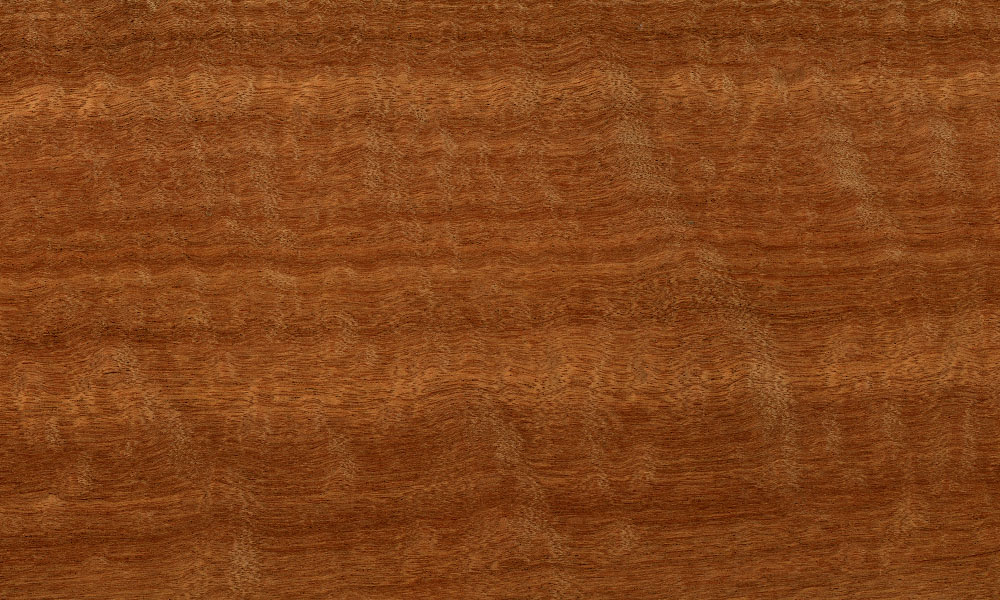
Pommele Mahogany
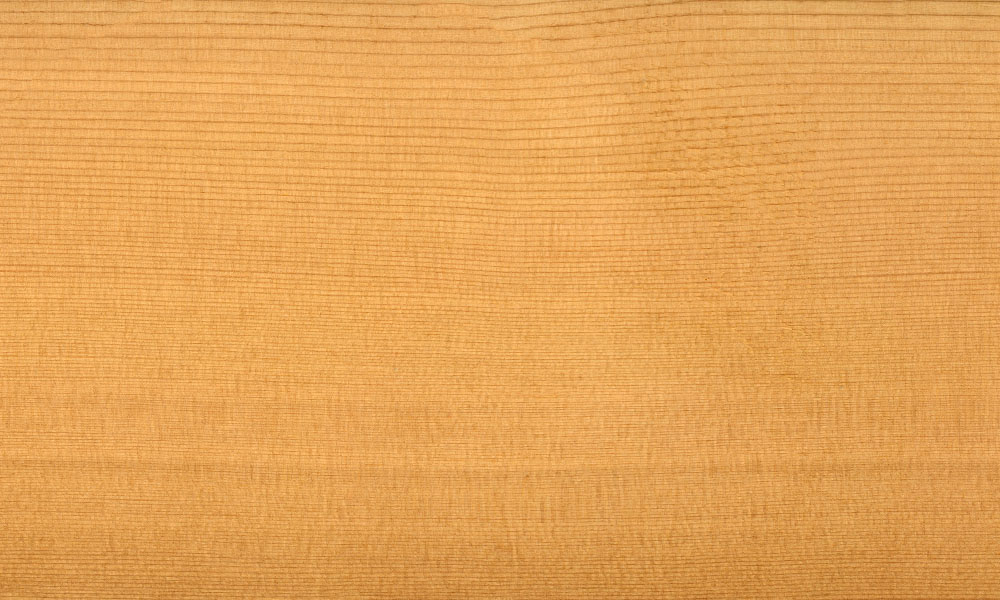
AAA European torrefied spruce
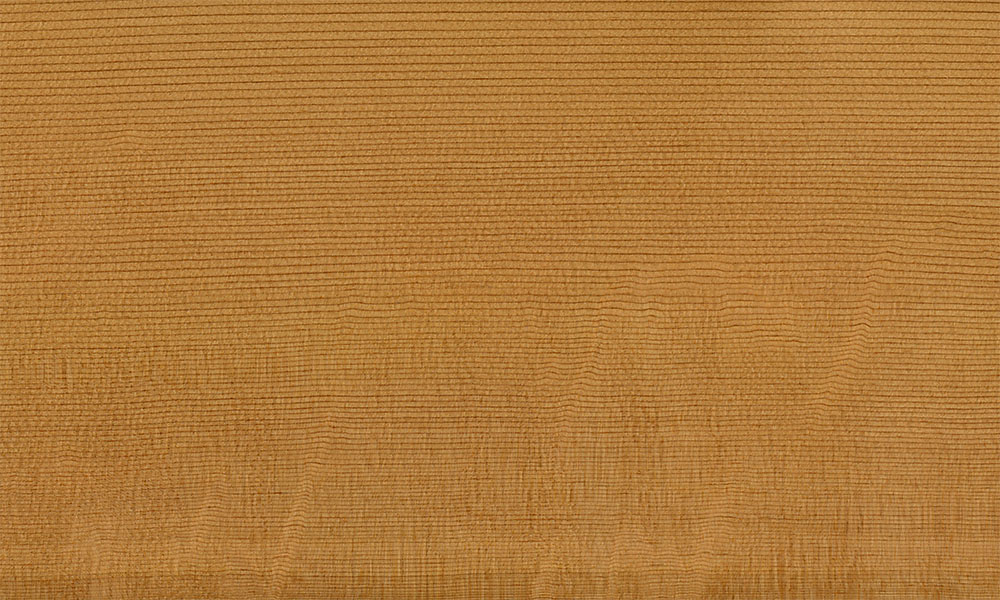
AAA Euro torrefied bear-claw spruce
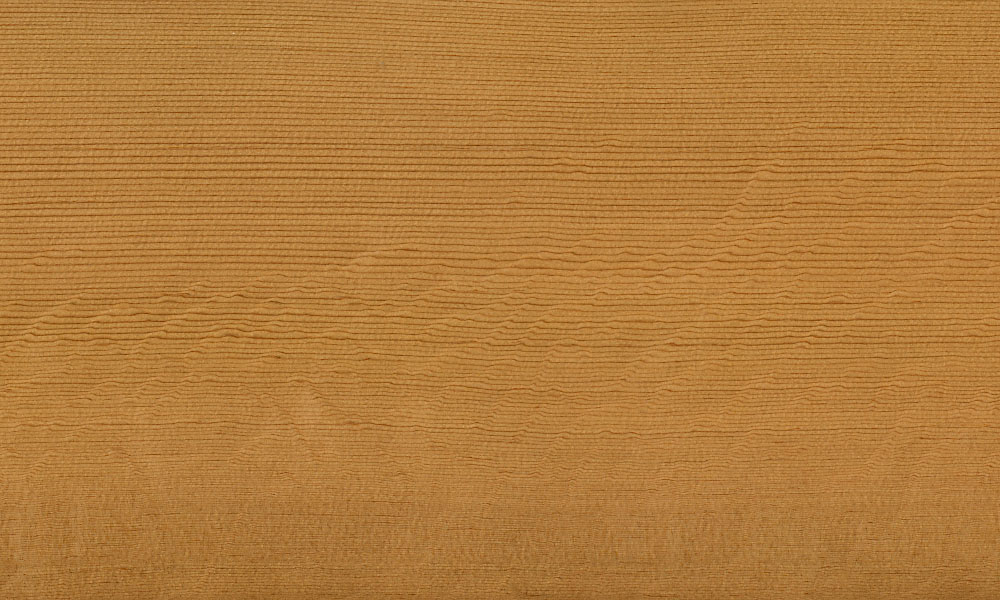
AAAA Euro torrefied bear-claw spruce

MahoganyBotanic name: Entandrophragma cylindricum
Origin: West Africa
Properties: warm and well-balanced sound with soft basses, present mid range and comfortably gentle trebles
Red-brownish color with fine texture, interlocked grain plays with colors in certain light conditions
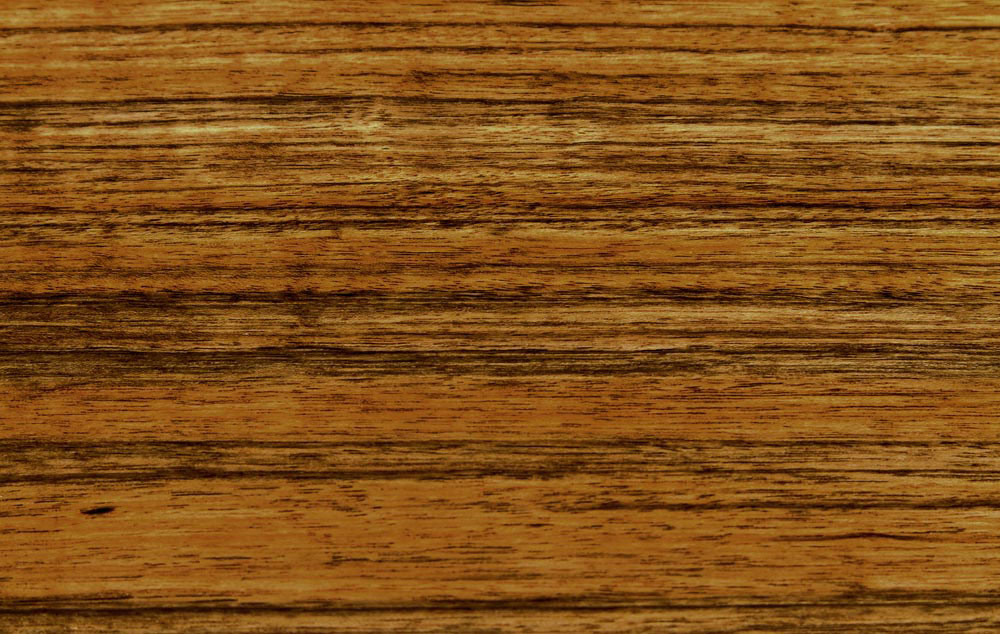
OvangkolBotanic name: Guibourtia ehie
Origin: West Africa
Properties: strong bass with clear harmonics
Yellow-brown, sometimes almost golden color with obvious growth lines and a tiny hue of green

Walnut, EuropeanBotanic name: Juglans regia
Origin: Central Europe
Properties: Soft and middy tone with gentle trebles and nice dynamics
brown with straight dark-brown growth lines

Claro walnutBotanic name: Junglans hindsii
Origin: Northwest of USA
Properties: well-balanced full tone from low to high frets with emphasis on rich mids and soft trebles
Interaction of many brown shades with darker lines and generally very expressive grain structure that shows small flame parts in certain light angles
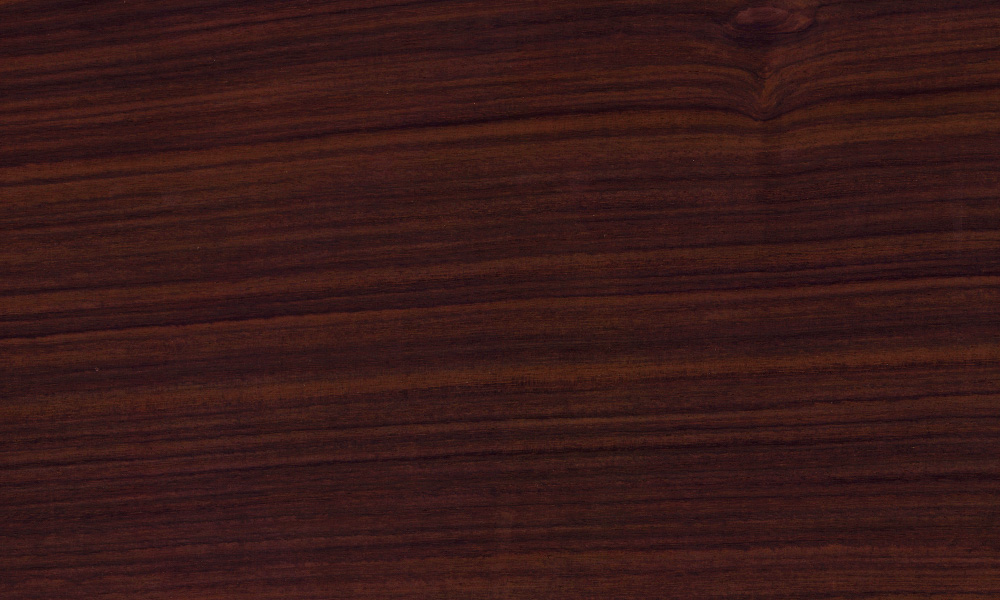
Indian rosewood AAABotanic name: Dalbergia latifolia
Origin: India and Pakistan
Properties: powerful transparent tone with strong basses and prominent trebles. The sonic properties of Indian rosewood are widely considered as a basic reference in the guitar world.
Brown with sometimes purple shades with straight annual rings
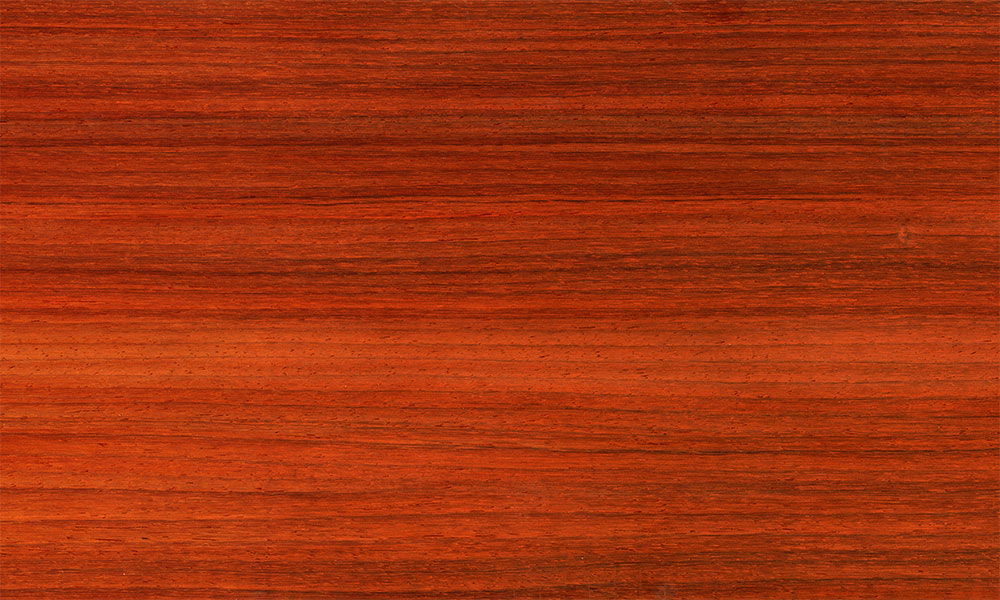
PadoukBotanic name: Pterocarpus soyanxii
Origin: West Africa
Properties: transparent tone with good basses and distinctive trebles
Very intense red color that fades to a brown tone after a few years (depending on UV light exposure)
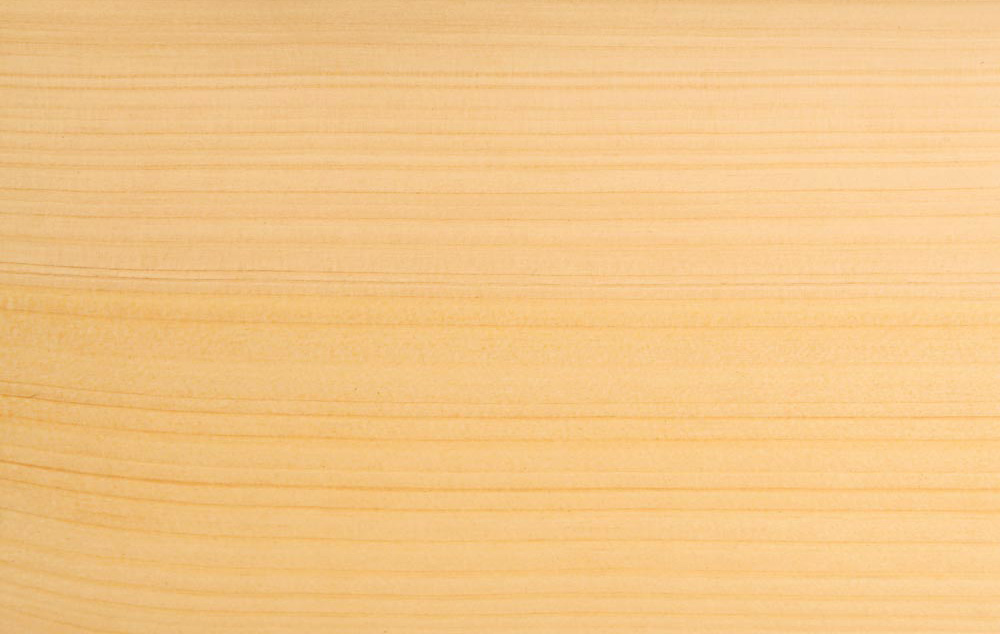
CypressBotanic name: Taxodinum distichum
Origin: Turkey
Properties: Warm tone with rich harmonics and very quick response
Golden-yellow color with subtle, straight annual rings
Noticeable sweet smell
The usage of Cypress for steel string guitars may seem unusual, but it works surprisingly well!
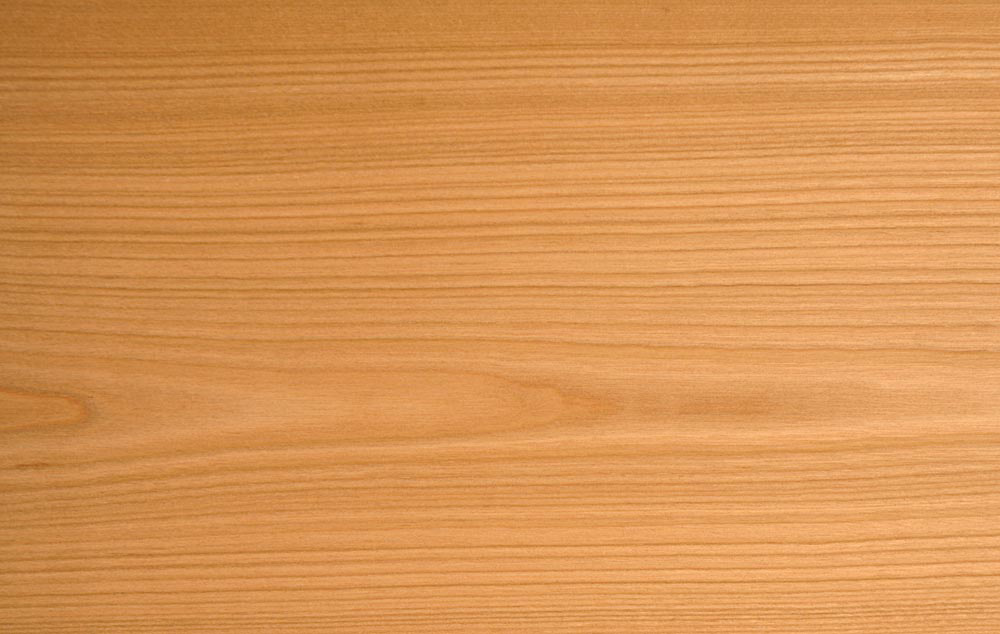
CherryBotanic name: Prunus avium
Origin: Central Europe
Properties: Soft overall sound with strong mids and present trebles, that are not dominating, though
Yellow-brown color with a hint of rose, sometimes with subtle "quilted-like" patterns

ZiricoteBotanic name: Cordia dodecandra
Origin: Mexico
Properties: Complex and expressive characterful tone in low and high frets with a good balance between strong bass frequencies, comfortable mids and shining trebles. Very good response with the right amount of harmonics and a dynamic range that exceeds the necessary.
Brown basic color with sometimes a shade of green. The texture is formed by remarkable dark-brown lines, that go wavy and overlapping each other across the surface.
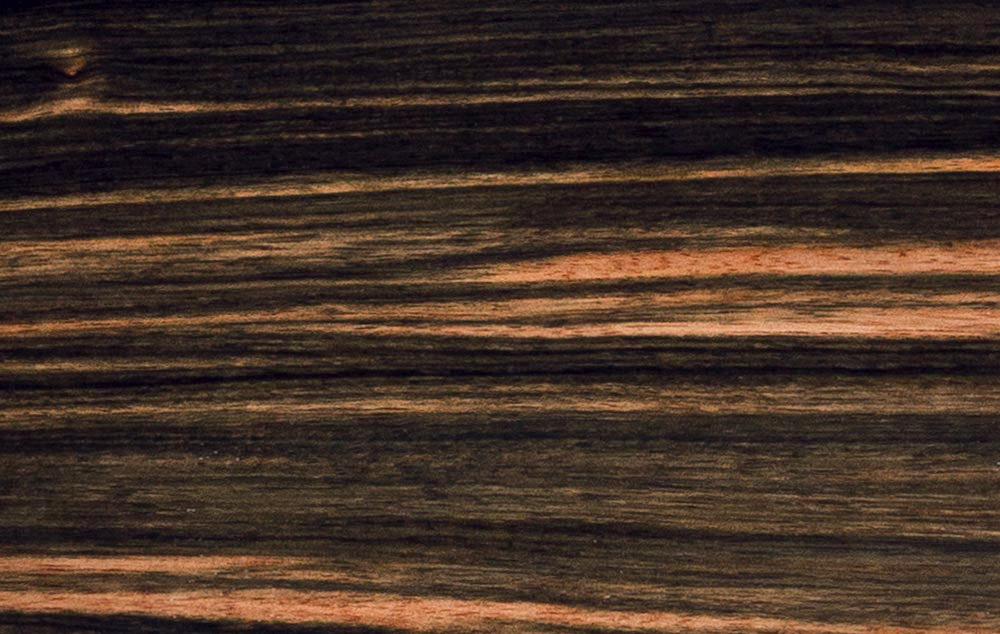
Macassar ebonyBotanic name: Diospyros celebica
Origin: Indonesia
Properties: Powerful and differentiated tone with wide dynamic range and especially strong bass and full-blown trebles
Black-brownish color with catchy bright stripes that may vary in width
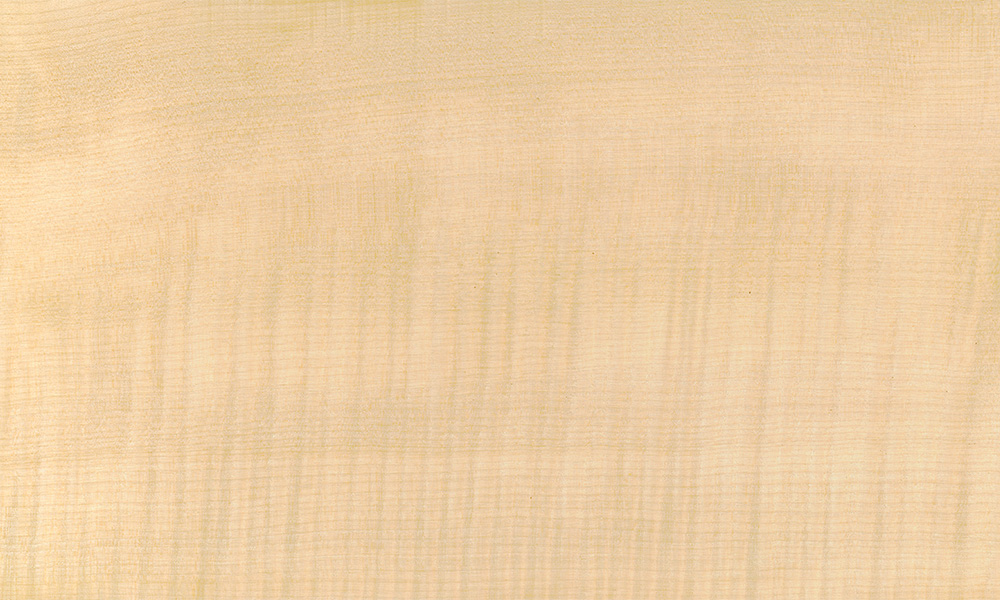
Flamed mapleBotanic name: Acer pseudoplatanus
Origin: Austria, Switzerland, Scottland
Properties: Sweet singing tone with rich mids, not too much bass and subtle trebles
Flamed maple is basically a 'normal' kind of maple. The so-called flames are caused by the weight of the tree itself. In the years of growth the lower log sections get compressed, which makes the fibers grow wavy. Those waves produce the flames in the eye of the beholder.

MyrtleBotanic name: Umbellularia californica
Origin: Northwest of the USA
Properties: smooth and even sound with quick response and especially delicate and silvery trebles
Yellow-brownish base color with strong texture and darker lines. Myrtle can look pretty 'wild' and sometimes gets distinctive dark spots or 'stains' within the grain
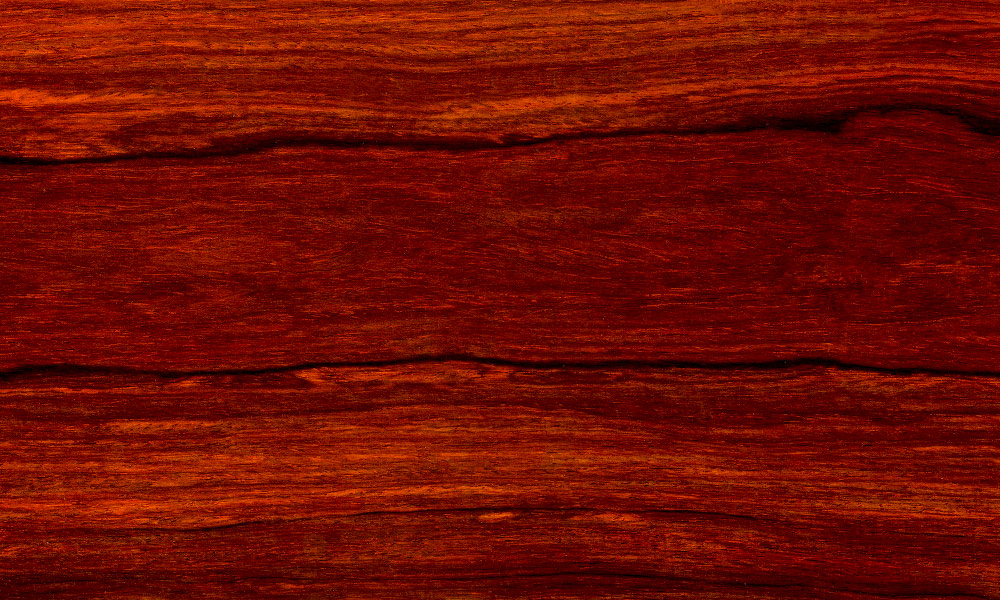
CocoboloBotanic name: Dalbergia retusa
Origin: Mexico, Guatemala
Properties: Clear and almost compressed sound with strong basses. The tone has got a high transparency with broad harmonics spectrum. Strings get a good sustain with wide dynamic range.
Red color with reddish shades and exciting dark lines
The weight of cocobolo is a little heavier

KoaBotanic name: Acacia koa
Origin: Hawaii
Properties: Warm and punchy sound with delicate trebles and not too strong basses
Brown color with exciting dark-brown lines and flames
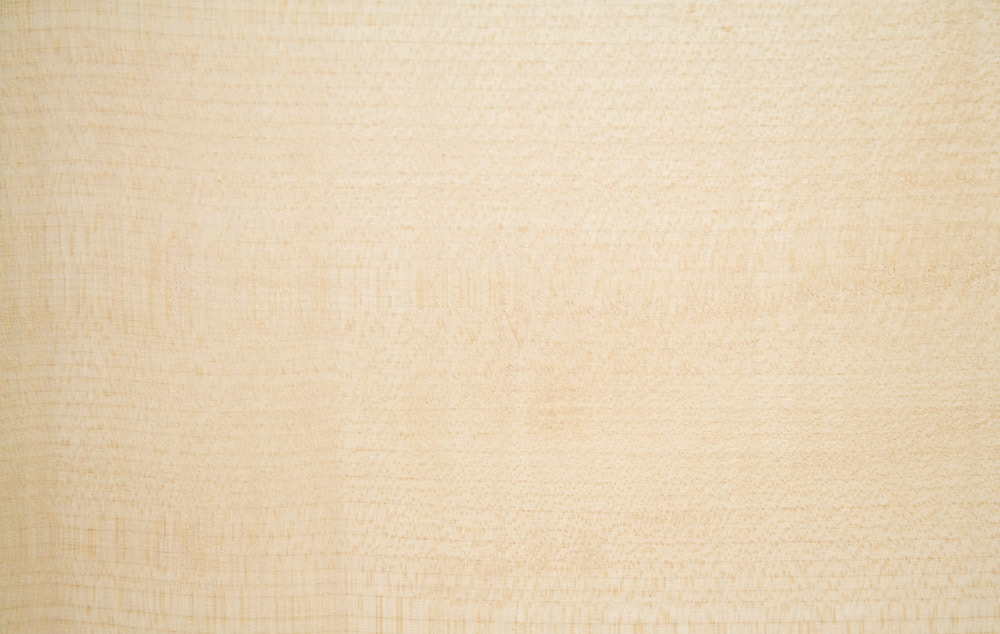
Plain mapleBotanic name: Acer pseudoplatanus
Origin: Austria, Switzerland, Scottland
Properties: sweet singing tone with rich mids
Bright color with modest plain structure
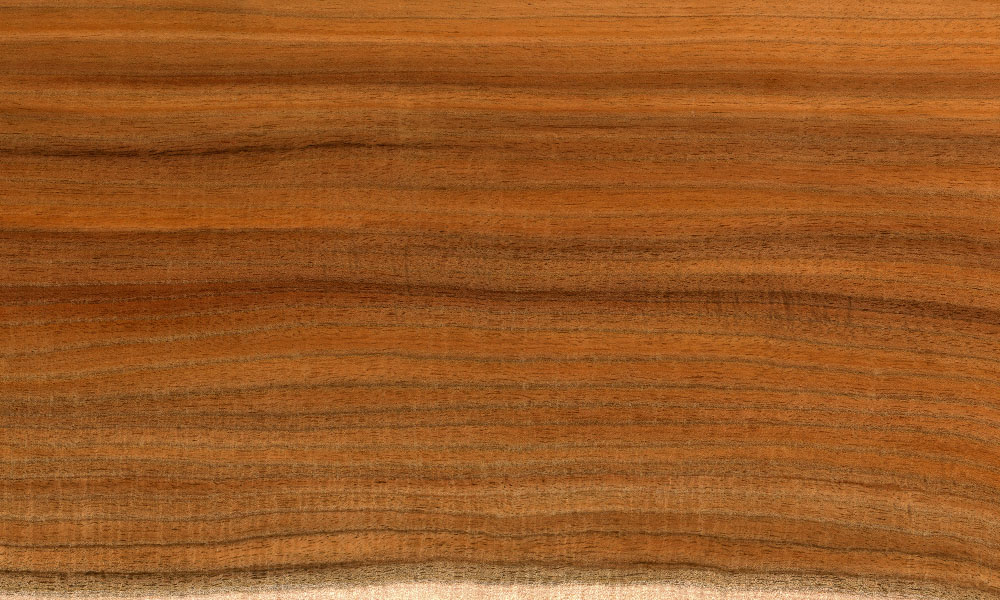
Blackwood
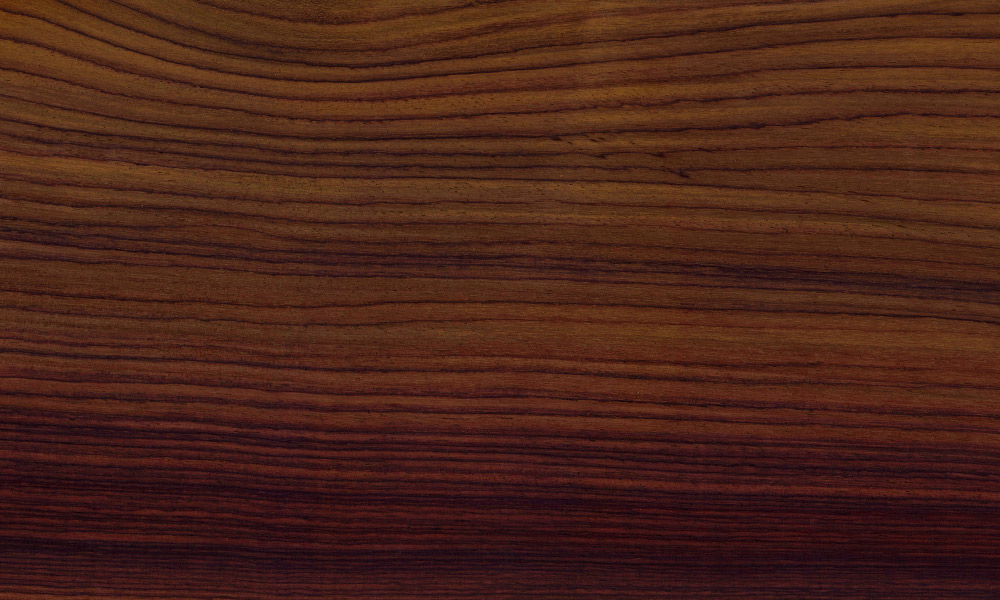
Indian rosewood AABotanic name: Dalbergia latifolia
Origin: India and Pakistan
Properties: soundwise like AAA rosewood
Basic color like AAA rosewood, but with a few more (sometimes irregular) stripes. Sometimes also with a stronger red hue
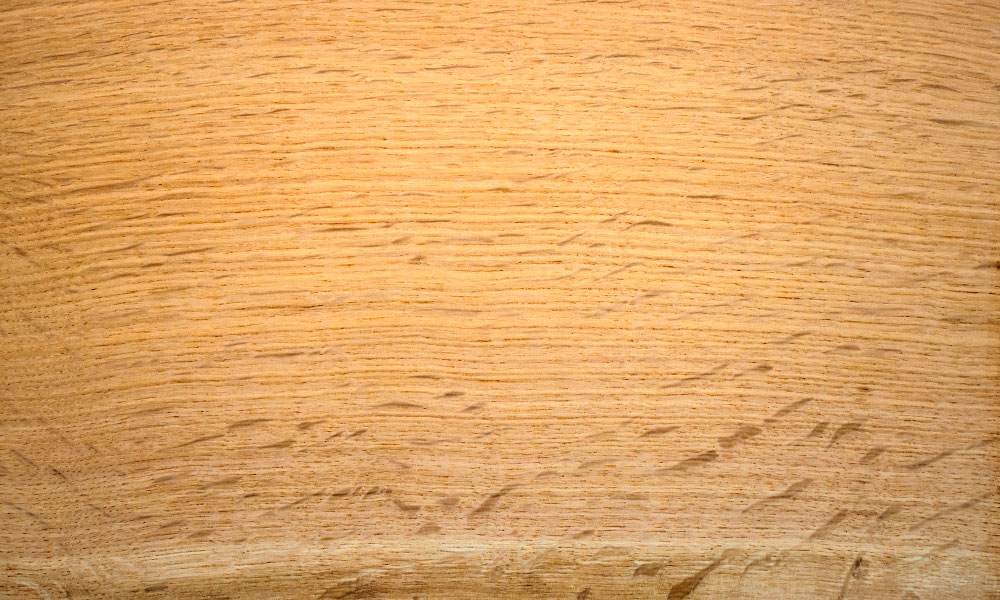
OakBotanic name: Quercus alba
Origin: France, Germany
Properties: Strong warm and very complex tone with good separation throughout the range
Yellowish base tone with typical dark-brown structure

ElmBotanic name: Ulmus carpinifolia
Origin: Germany
Properties: dry bass with steady trebles and medium response speed, less mids
golden yellow with darker straight lines

Pommele MahoganyBotanical name: Entandrophragma cylindricum
Origin: West Africa
Characteristics: Warm balanced tone with soft basses, pronounced mids and pleasantly gentle treble.
Reddish brown base color with fine texture. Pommele is characterized by its wavy growth, which gives this variety of Mahogany its special appearance. Botanically, however, it is the same species as our "normal" Sapeli Mahogany.
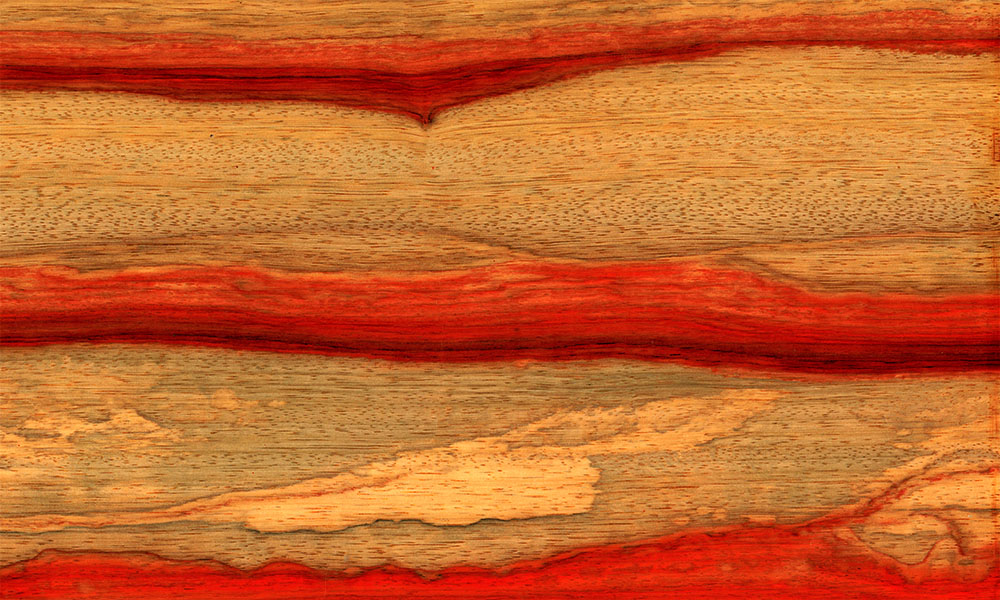
Padouk bicolorLatin: Pterocarpus soyanxii
Origin: West Africa
Characteristics: Transparent tone with strong basses and highs
Alternating areas of intense red and pale yellowish streaks with black lines that almost resemble sapwood, but are not. This crazy exotic appearance is due to a genetic defect in the wood of individual tree trunks, which nevertheless belong to the same species as the "normal" Padouk. The red areas in the wood will turn brownish over the years, depending on the intensity of the incident UV light.

GranadilloBotanical name: Platymiscium spp.
Origin: Yucatan Peninsula and parts of Chiapas, Belize and Guatemala.
Properties: This wood is also available under different names like Chulul, Granadillo or Hormiguillo and comes exclusively from the above areas. It is reddish brown to dark purple with sometimes darker lines and has a mostly straight, very dense grain. As a result, it is quite heavy, but produces a fundamental, rich and profound tone that can be compared to other very heavy timbers such as cocobolo. The yellowish light sapwood is very pretty and decorative, but cannot be guaranteed for every one of our instruments.

Chakté Viga
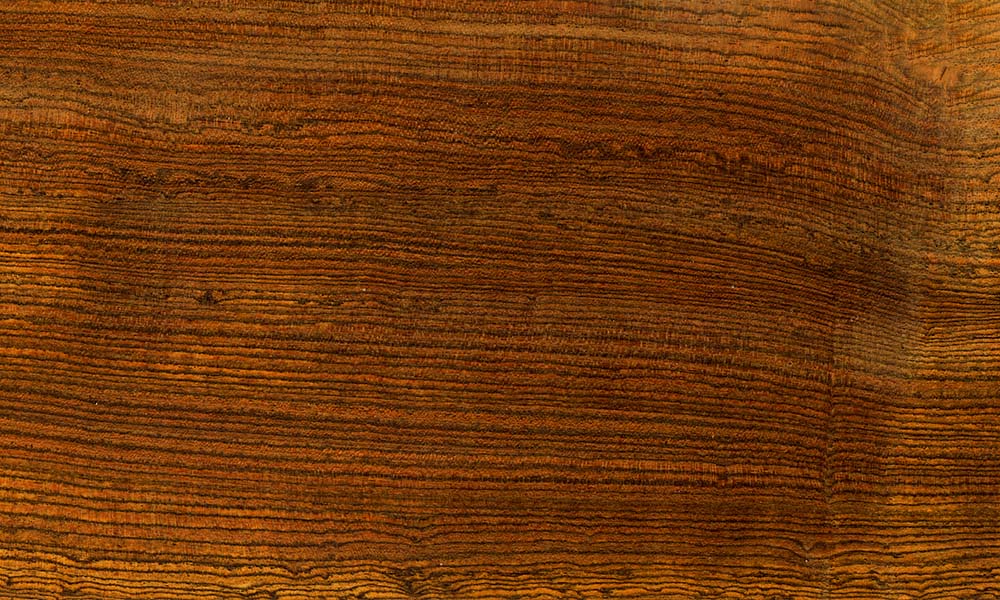
Bocote

Honduras rosewood

Black Walnut

